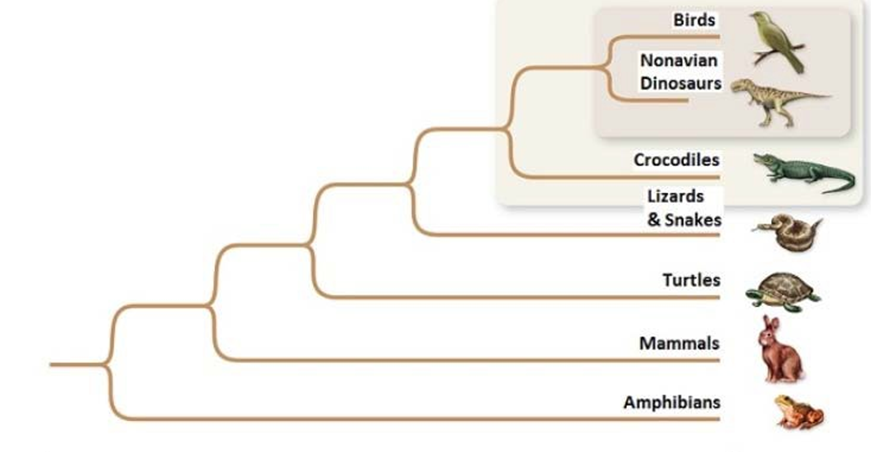The vectors of ________ are sand flies.
A. beaver fever
B. Chagas' disease
C. filariasis
D. giardiasis
E. leishmaniasis
Answer: E
You might also like to view...
Starting from the root of a phylogenetic tree, any node that is shown farther from the root than other nodes, means

A. the two species (or groups of species represented) at the farthest node diverged by sympatric speciation.
B. that only those species at the farthest node, from the root, are in a clade.
C. convergent evolution has selected for the species (or groups of species represented) to be similar.
D. the species (or groups represented) diverged most recently from a common ancestor.
E. the species (or groups of species represented) are in the outgroup.
Species richness refers specifically to
a. the numbers of individuals of each species present. b. the ability of larger animals to enrich themselves by successfully preying on smaller ones. c. the number of different species in the habitat. d. the feeding levels at which the animals are located. e. none of these.
__________ determined the structure of the molecule DNA
a. Crick and Wilkins b. Watson and Crick c. Franklin and Crick d. Franklin e. Watson, Crick, and Wilkins
Which term best describes the symbiotic relationship of well-fed P. bursaria to their zoochlorellae?
A) mutualistic B) parasitic C) predatory D) pathogenic